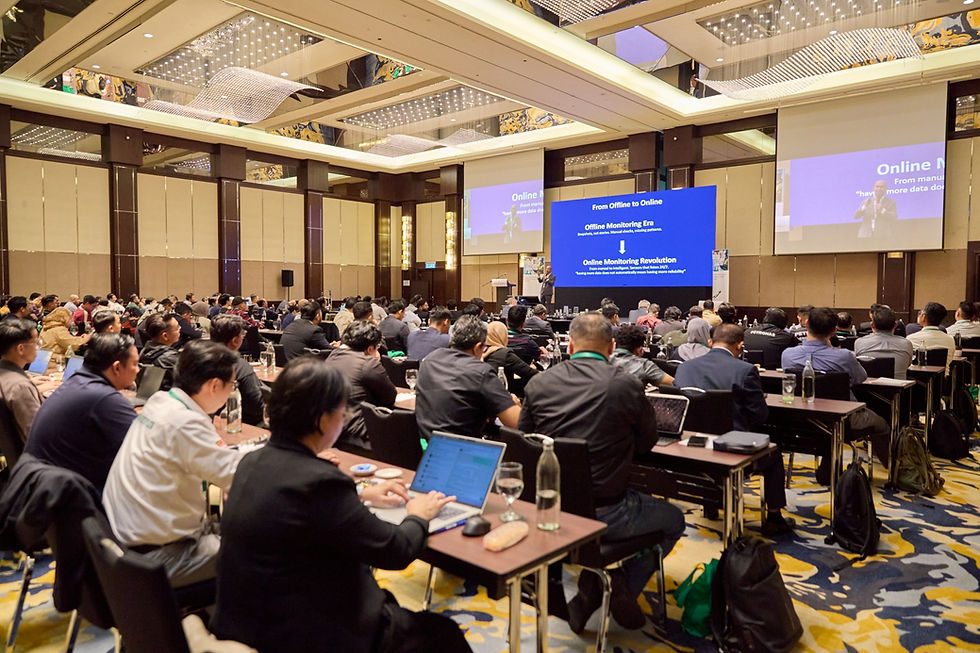How Robots Can Help In Battling the Current Pandemic Situation
- Automate Asia Magazine

- Oct 14, 2020
- 3 min read
Cases overall of coronavirus are increasing each hour with the most recent figures close to half a million. Deaths are climbing quickly and the figure has come to more than 20,000 around the world. The day by day the number of contaminations overall is higher than in China with more deaths in Iran, Italy, Spain and now the US. A huge number of new cases have been accounted for every day, except the true scale could be multiple times higher. Virus episodes are raising panic about a pandemic. It will require some investment to recognize and analyze so as to isolate potentially sick from healthy.

A group of leaders in the field of robotics, including Henrik Christensen, director of UC San Diego’s Contextual Robotics Institute, say truly and outline various models in an article in the March 25 issue of Science Robotics. They state robots can be utilized for clinical consideration, for example, telemedicine and decontamination; logistics, for example, delivery and handling of contaminated waste; and reconnaissance such as monitoring compliance with voluntary quarantines
“As of now, we have seen robots being deployed for sanitization, delivering drugs and food, estimating imperative signs, and helping border controls,” the analysts write. Christensen, who is a teacher in the Department of Computer Science and Engineering at UC San Diego, especially featured the job that robots can play in disinfection, cleaning and telepresence.
Other co-creators incorporate Marcia McNutt, president of the National Research Council and president of the National Academy of Sciences, as well as various different robotics experts from international and U.S. universities.
“For disease prevention, robot-controlled noncontact ultraviolet (UV) surface disinfection has just been utilized in light of the fact that COVID-19 spreads not just from individual to individual by means of close contact respiratory droplet transfer but also via contaminated surfaces,” the researchers write.
“Opportunities lie in intelligent navigation and detection of high-risk, high-touch areas, combined with other preventative measures,” the researchers add. “New generations of huge, little, smaller scale, and swarm robots that can ceaselessly work and clean (i.e., evacuating dust as well as really disinfecting/sanitizing all surfaces) could be created.”
Although numerous individuals around the globe are practicing social distancing during the coronavirus pandemic, those on the cutting edges battling the infection can’t remain at home. Experts concur that robots could take control over the “dull, grimy and risky” jobs people are as of now doing. Nations, for example, China have already deployed robots to help with specific tasks during the pandemic, such as taking individuals’ temperatures.
The White House Office of Science and Technology Policy and the National Science Foundation composed workshops in 2015 that distinguished three-wide regions where robotics technology can have any kind of effect: clinical care, for example, telemedicine and cleaning; logistics, for example, delivery and handling of contaminated waste; and reconnaissance including monitoring compliance with voluntary quarantines.
“The experiences with the Ebola outbreak recognized a wide range of use cases, yet funding for multidisciplinary research, in partnership with agencies and industry, to meet these use cases stays costly, uncommon and coordinated to different applications,” the specialists noted. We could have been prepared, and now we’re trying to play catch-up during a pandemic, the scientists said.
One of the leading worldwide developers of autonomous robot technologies – SMP Robotics, headquartered in Sausalito, California – has introduced its most recent models of patrol robots.
Presently, robots can unpretentiously examine faces, analyze human behavior and measure body temperature from a distance of 90 feet. They are outfitted with intelligent 360-degree video surveillance cameras and built-in predictable analytic systems. This could be a perfect arrangement in helping governments and healthcare authorities to stop the spread of present and future virus pandemics. The deployment of these robots would assist with monitoring crowded and public areas as well as to watch the premises of industrial or commercial facilities.
SMP Robotics robots are definitely more proficient and less intrusive than humans doing the same procedures. Fueled by Swarm Intelligence, AI for human face and behavior recognition technology and Video Management System robots can give fully autonomous 24/7 surveillance and video recording, without breaks, sick days or vacations, in a wide variety of terrains and under any weather conditions. Interim, the technical staff can work remotely from anyplace on the planet performing duties productively and securely.
Not at all like different robots that are intended to move across the smooth floors in shopping centers, the robots manufactured by SMP Robotics are intended to patrol expansive, open areas of land, as well as industrial facilities.
SMP Robotics robots will wipe out the problems for the management engaged with working with controlling the spread of the coronavirus. Regardless of whether it’s in processing plants, at the nation’s border walls and gates, this detection solution will be speedier and more powerful than people.
Source: www.analyticsinsight.net





-01.jpg)


